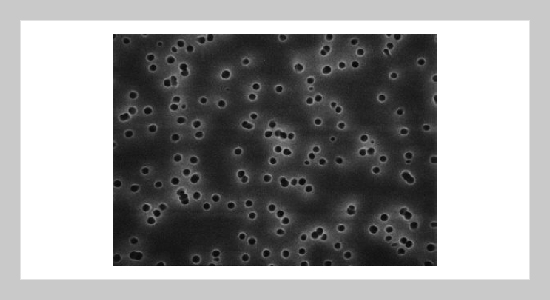Kuo-Lun Tung This email address is being protected from spambots. You need JavaScript enabled to view it.1, Ya-Ling Chang1 and Ching-Jung Chuang1 1Department of Chemical Engineering Chung Yuan University Chung-Li 320, Taiwan
Received:
January 1, 2001
Accepted:
June 29, 2001
Publication Date:
June 29, 2001
Download Citation:
||https://doi.org/10.6180/jase.2001.4.2.07
The effect of pore morphology on fluid flow through track-etched polycarbonate membrane was studied numerically by using the fluid flow software FLUENT. The model of membrane structure is a 3D bi-periodic porous surface with circular holes of finite thickness. Both of the effects of constriction and expansion of inner pore geometries on fluid flow are taken into consideration in numerical calculation, and are compared with that of capillary pore. The flow pattern and resistance to flow in the interstics are obtained as results of the numerical solution. Results show that the inner construction of the filter pores has a significant influence on the flow pattern in the interstics and downstream and deposition of particles at the beginning stage of cake filtration. Results also show that neglecting of 10% expansion of inner pore diameter will result in 30% of over-estimated of pressure drop as compared to capillary pore model for fluid flow through track-etched polycarbonate membrane.ABSTRACT
Keywords:
Polycarbonate Membrane, Flow Field, Flow Resistance, Pore Morphology
REFERENCES
















